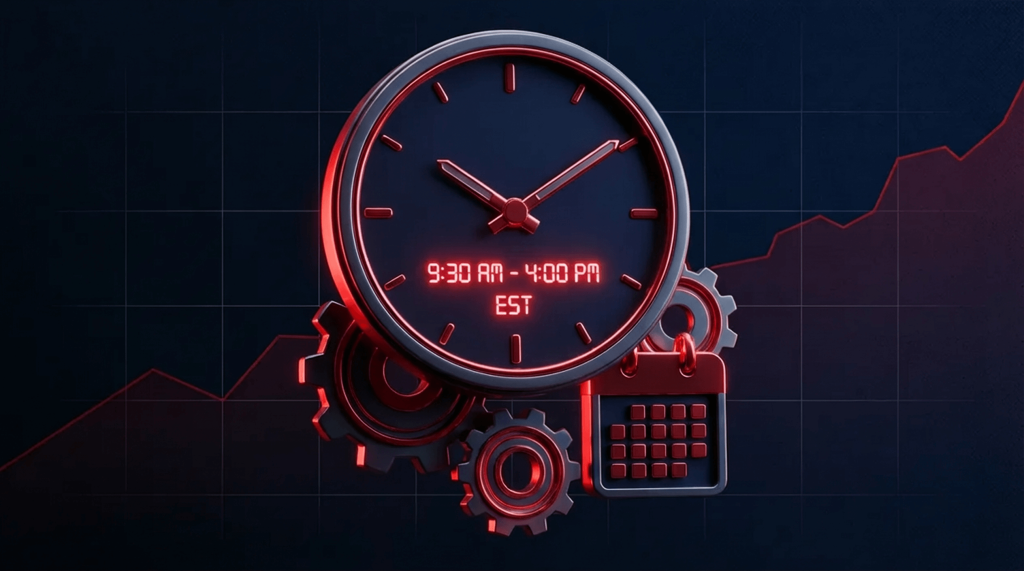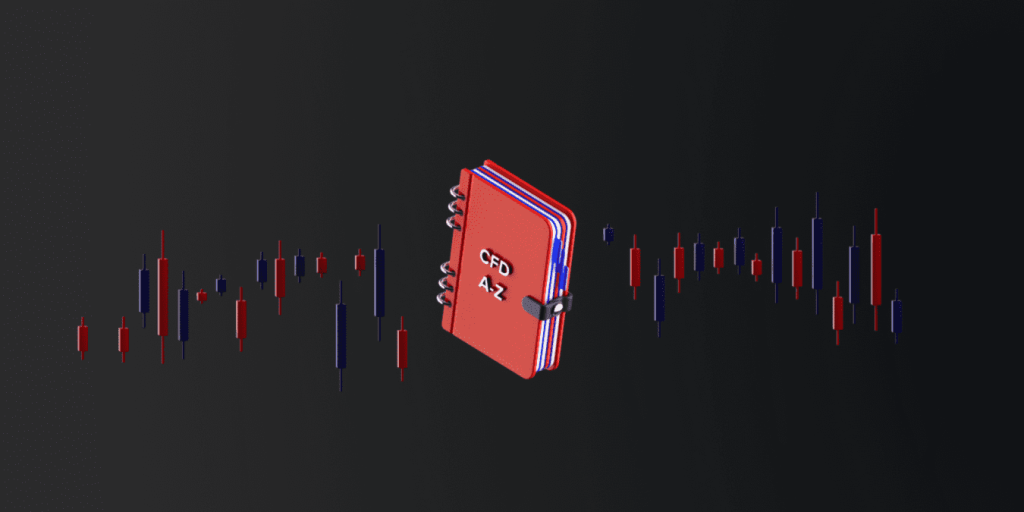
Nắm vững cách thức môi giới CFD nhãn trắng từ A đến Z: Hướng dẫn toàn diện
Mục lục
Thế giới tài chính khá phức tạp và rộng lớn. Trong thế giới này, hợp đồng chênh lệch (CFD) là một phần quan trọng của cơ hội giao dịch. Nếu bạn đang có kế hoạch thiết lập một công ty môi giới CFD bằng cách sử dụng Mô hình nhãn trắng, it's important to understand the basics, how everything works, and what regulations govern it. In this article, we will break down everything you need to know about CFD brokerage if you want to utilize the Mô hình nhãn trắng, starting with the most basic concepts.
Giao dịch CFD là gì?
Hợp đồng chênh lệch là một hình thức giao dịch phái sinh phổ biến và thông dụng. Nói một cách đơn giản, đây là hợp đồng giữa một công ty môi giới và một nhà giao dịch. Để không thực sự mua một tài sản (chẳng hạn như cổ phiếu hoặc hàng hóa), bạn ký kết một hợp đồng dựa trên sự thay đổi giá của tài sản đó.
Nguyên lý cơ bản của giao dịch CFD khá đơn giản. Khi tham gia giao dịch, bạn cố gắng dự đoán giá của tài sản cơ sở sẽ tăng hay giảm. Tài sản cơ sở có thể là bất kỳ thứ gì, từ hàng hóa như vàng hoặc dầu mỏ đến chỉ số chứng khoán và thậm chí cả các cặp tiền tệ.
Trong giao dịch CFD, bạn có thể "mua" ("mở vị thế mua") nếu bạn dự đoán giá của một tài sản sẽ tăng. Ngược lại, nếu bạn tin rằng giá của một tài sản sẽ giảm, bạn "bán" ("mở vị thế bán"). Tính linh hoạt này là một trong những tính năng hấp dẫn chính của giao dịch CFD, giúp các nhà giao dịch kiếm lời trong các điều kiện thị trường và tâm lý thị trường khác nhau.
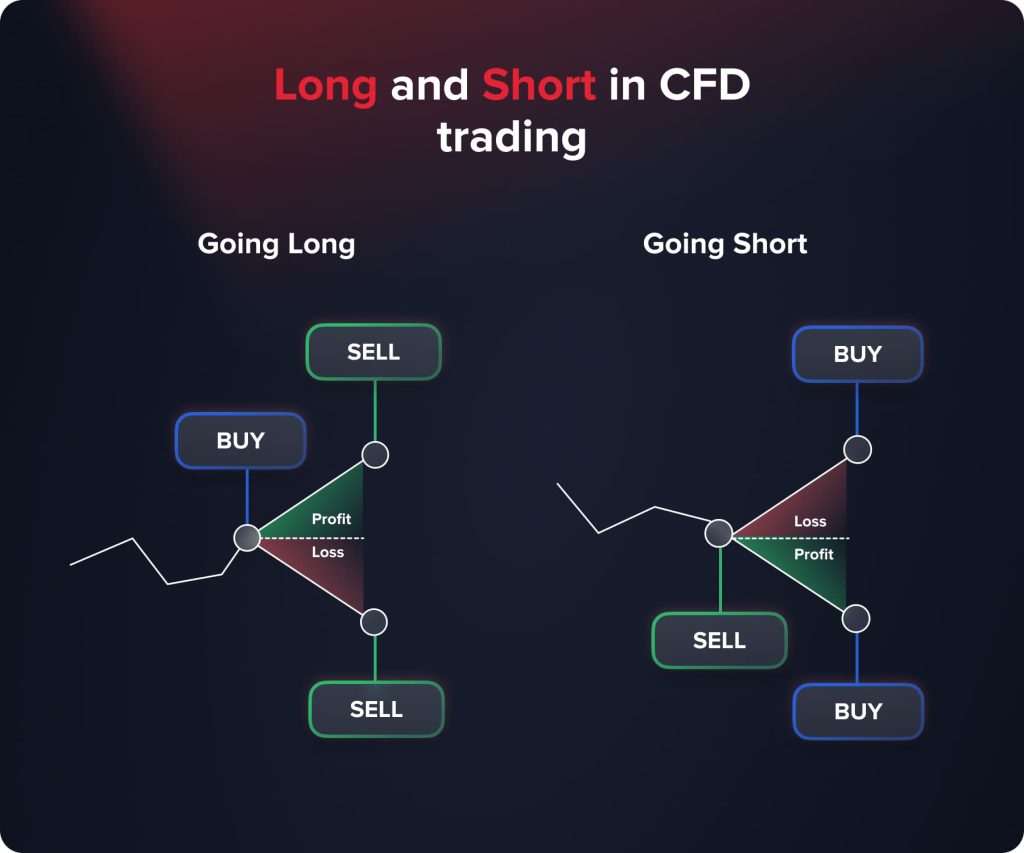
Một khía cạnh rất quan trọng của CFD là đòn bẩy . This means that a trader can manage a large position with a relatively small budget. However, it is important to realize that while đòn bẩy can multiply profits, it also has the risk of increasing losses.
Ngay khi một giao dịch được đóng, lợi nhuận hoặc thua lỗ sẽ được ghi nhận trong giao dịch CFD. Nếu bạn dự đoán đúng hướng giá tài sản, bạn sẽ thu được lợi nhuận. Ngược lại, bạn sẽ bị lỗ. Mức lãi hoặc lỗ của bạn được xác định bởi chênh lệch giữa giá khi bạn tham gia giao dịch và giá khi bạn đóng giao dịch.
Tại sao một số người chọn giao dịch CFD
Giao dịch CFD nổi bật với tính linh hoạt. Nó giúp các nhà giao dịch nhân rộng danh mục đầu tư của mình bằng cách giao dịch trên nhiều thị trường khác nhau. Hơn nữa, vì các nhà giao dịch không sở hữu tài sản thực tế, nên không cần phê duyệt tài khoản môi giới hoặc các quy trình liên quan đến quyền sở hữu thực tế.
Mặc dù giao dịch CFD giúp tiếp cận nhiều thị trường một cách linh hoạt và tiết kiệm, giống như tất cả các hệ thống giao dịch khác, điều quan trọng là phải có năng lực tốt và hiểu rõ những rủi ro liên quan. Nghiên cứu chuyên sâu, xây dựng chiến lược và dự đoán rủi ro là những yếu tố thiết yếu để thành công trong giao dịch CFD.
You may also like
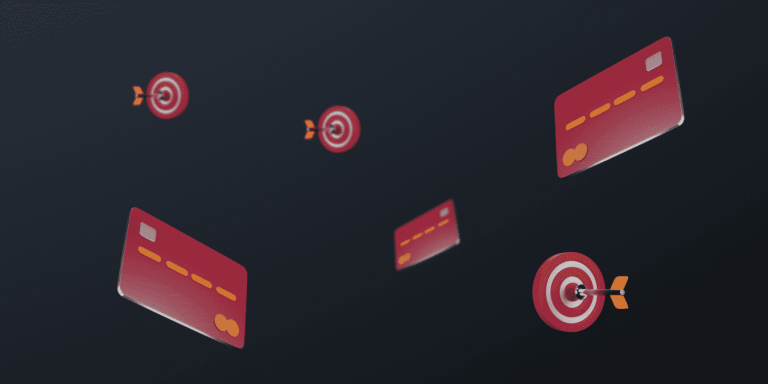
Sự khác biệt giữa dịch vụ môi giới Forex và CFD
Thị trường Forex là thị trường tài chính lớn nhất thế giới. Trên thị trường Forex, các nhà giao dịch dự đoán biến động giá trong tương lai của một loại tiền tệ so với một loại tiền tệ khác, ví dụ, đồng đô la Mỹ so với đồng franc Thụy Sĩ hoặc đồng Euro. Các yếu tố chính trên thị trường Forex là các chỉ số kinh tế toàn cầu, các sự kiện địa chính trị, chính sách của ngân hàng trung ương và tin tức tài chính quốc tế.
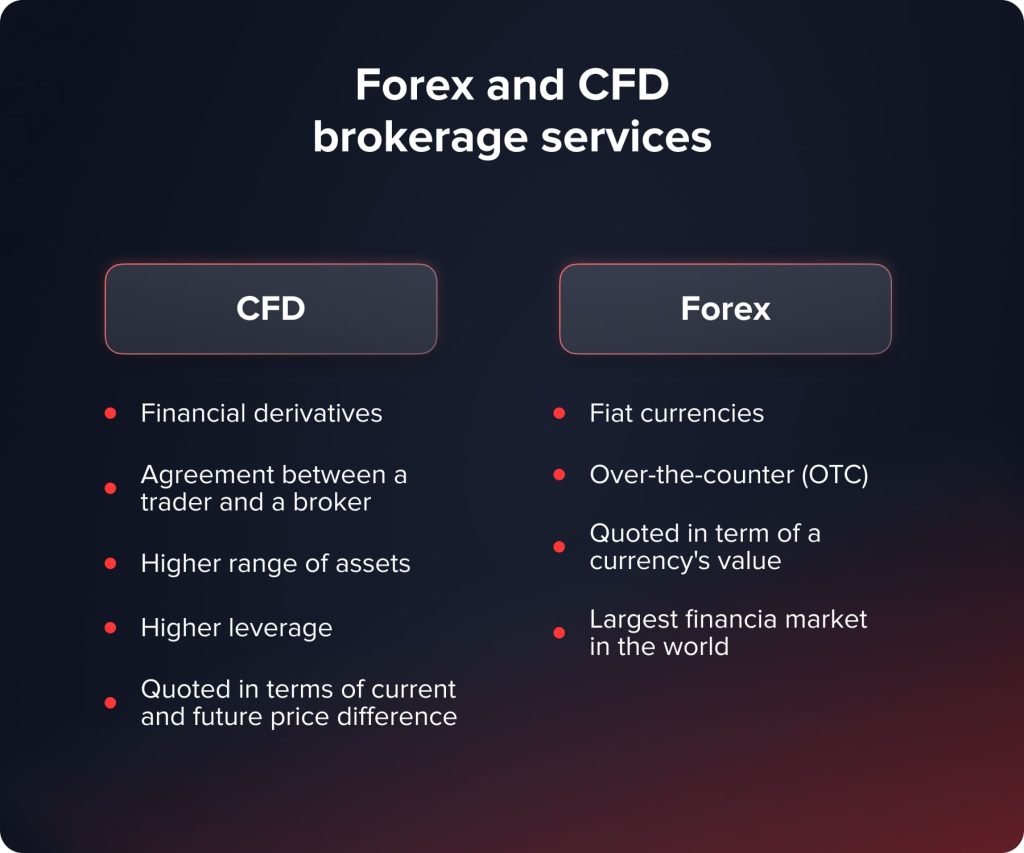
So sánh Forex và CFD
- Danh sách tài sản: Giao dịch Forex chỉ giới hạn ở các cặp tiền tệ. Ngược lại, CFD bao gồm nhiều loại tài sản, tăng cơ hội cho các nhà giao dịch.
- Các chỉ số ảnh hưởng đến thị trường: Trong khi tình hình kinh tế toàn cầu và chính sách của ngân hàng trung ương ảnh hưởng đáng kể đến Forex, CFD lại dễ bị ảnh hưởng bởi nhiều yếu tố khác nhau, tùy thuộc vào tài sản được giao dịch.
- Giờ giao dịch: Thị trường Forex hoạt động 24 giờ một ngày, năm ngày một tuần, do quy mô toàn cầu của chúng. Không giống như Forex, giờ giao dịch CFD thay đổi tùy theo từng tài sản. Ví dụ, giờ giao dịch của một cổ phiếu CFD sẽ tương ứng với giờ giao dịch của sàn giao dịch chứng khoán nơi cổ phiếu cơ sở được niêm yết.
- Tính thanh khoản: Thị trường Forex, xét đến khối lượng giao dịch khổng lồ, có tính thanh khoản đáng kinh ngạc. Thị trường CFD, tuy thanh khoản cao, nhưng có thể thay đổi đáng kể tùy thuộc vào tài sản được giao dịch và đặc điểm cụ thể của thị trường.
- Hồ sơ rủi ro: Mặc dù cả hai thị trường đều có những rủi ro đặc trưng, nhưng nhờ có nhiều tài sản, CFD có thể mang đến cho các nhà giao dịch cơ hội mở rộng danh mục đầu tư, phân bổ và quản lý rủi ro tốt hơn trong tương lai.
- Yêu cầu về ký quỹ: Giao dịch Forex có thể mang lại cho nhà giao dịch đòn bẩy cao hơn so với giao dịch CFD, nghĩa là nhà giao dịch có thể kiểm soát một vị thế Forex lớn hơn với ít vốn hơn. Tuy nhiên, điều này cũng có thể là con dao hai lưỡi: điều quan trọng cần lưu ý là mặc dù đòn bẩy cao hơn có thể tăng lợi nhuận, nhưng nó cũng làm tăng thua lỗ.
- Chiến lược giao dịch: Do đặc điểm riêng của từng thị trường, các chiến lược khác nhau có thể phù hợp hơn với từng thị trường cụ thể. Ví dụ, chiến lược lướt sóng (scalping), bao gồm nhiều giao dịch nhỏ để tận dụng những biến động giá nhỏ, có thể phổ biến hơn trong Forex vì... tính thanh khoản và chênh lệch giá hẹp. Ngược lại, các chiến lược theo xu hướng dài hạn có thể áp dụng tốt hơn ở một số thị trường CFD nhất định do động lực cung và cầu.
Các thành phần quan trọng của môi giới CFD
Sự thành công của môi giới CFD phụ thuộc vào sự phối hợp nhịp nhàng của tất cả các bộ phận, mỗi bộ phận chịu trách nhiệm cho một khía cạnh cụ thể của trải nghiệm giao dịch.
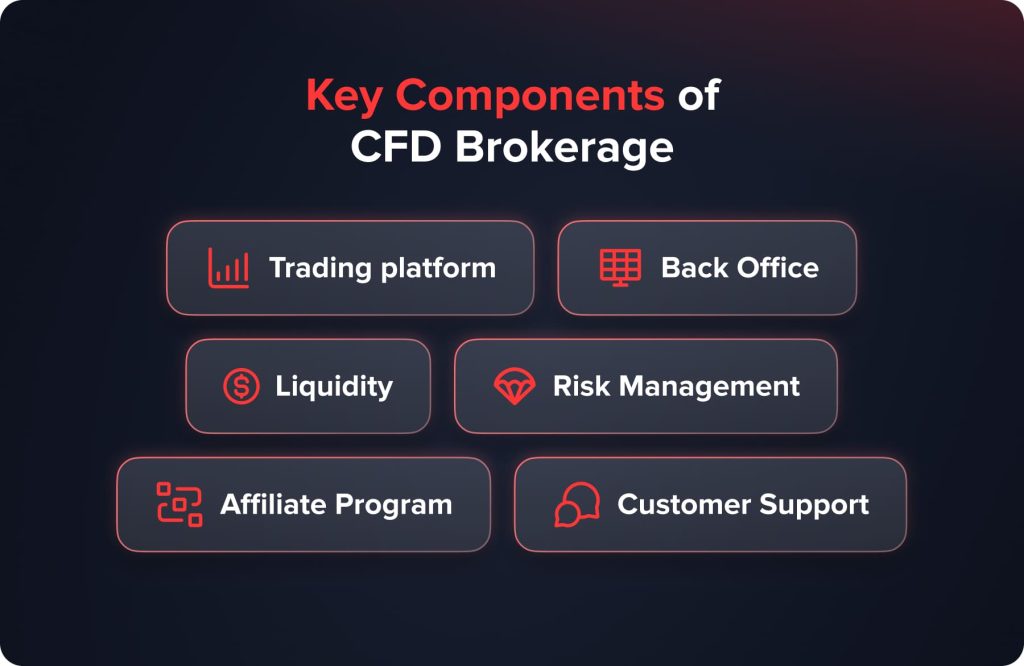
Nền tảng giao dịch
Các sàn giao dịch is where all the action takes place. Hence, this is perhaps the most integral part of a CFD brokerage. Các ideal platform offers both technical reliability and user-friendliness. While its foundation lies in complex algorithms that process real-time data, the user should be able to handle the tasks at hand without much trouble.
Các nhà môi giới chuyên nghiệp nên đặt mình vào vị trí của nhà giao dịch, lựa chọn các nền tảng cung cấp công cụ phân tích tốt nhất, dữ liệu thời gian thực và thiết kế trực quan. Việc cập nhật thường xuyên dựa trên phản hồi của người dùng không chỉ cải thiện chức năng mà còn thể hiện sự quan tâm của nhà môi giới đối với khách hàng.
Văn phòng phụ trợ
Thường hoạt động ở hậu trường, bộ phận back office cung cấp chức năng quản trị và vận hành liên tục. Không chỉ là lịch sử giao dịch hay báo cáo tài chính; mà còn là sự dễ dàng truy cập và hiểu dữ liệu. Các công cụ báo cáo tự động và dễ hiểu là rất cần thiết, và trên thực tế, các nhà môi giới nên tìm kiếm các hệ thống có khả năng mở rộng. Khi cơ sở khách hàng phát triển, bộ phận back office cần có khả năng thích ứng, từ đó dễ dàng tăng hiệu quả hoạt động.
Tính thanh khoản
Trong giao dịch CFD, thanh khoản đóng vai trò là cầu nối giữa hành động của nhà giao dịch và phản ứng của thị trường. Một loạt các nhà cung cấp thanh khoản cung cấp cho nhà giao dịch khả năng mua hoặc bán tài sản mà không ảnh hưởng quá mức đến giá của tài sản. Mặc dù một nguồn thanh khoản cụ thể có vẻ đơn giản, nhưng nó có thể trở thành một địa điểm rủi ro cao trong những đợt biến động thị trường. Do đó, việc giao dịch với nhiều nhà cung cấp không chỉ đảm bảo việc thực hiện lệnh tối ưu mà còn bảo vệ công ty môi giới khỏi những biến động khó lường của thị trường.
Quản lý rủi ro
Đằng sau các thuật toán phức tạp và các biện pháp bảo vệ là một thước đo về đào tạo nhà giao dịch. Mặc dù các công cụ như lệnh dừng lỗ hoặc lệnh chốt lời là thiết yếu, việc thực hành chúng cũng quan trọng không kém. Để nâng cao kiến thức, các nhà môi giới nên xem xét các sáng kiến đào tạo như hội thảo trực tuyến, hướng dẫn hoặc bài viết. Để đào tạo các nhà giao dịch khác về quản lý rủi ro , sự hợp tác là cần thiết. Xét cho cùng, một nhà giao dịch am hiểu sẽ có xu hướng đưa ra quyết định tốt hơn, góp phần tạo nên một môi trường giao dịch lành mạnh hơn cho tất cả những người tham gia.
Chương trình liên kết
Tăng trưởng, đặc biệt là tăng trưởng hữu cơ, thường là một chỉ báo quan trọng cho sự thành công của một công ty môi giới. Đối tác và người giới thiệu đóng một vai trò quan trọng ở đây. Tôi muốn nhấn mạnh rằng mặc dù việc thu hút nhiều đối tác có vẻ hứa hẹn, nhưng chất lượng luôn quan trọng hơn số lượng. Các nhà môi giới nên hiểu tầm quan trọng của việc đảm bảo các đối tác của mình phù hợp với các nguyên tắc và giá trị thương hiệu. Việc thường xuyên trao đổi thông tin và đánh giá hiệu suất với các đối tác có thể giúp duy trì mối quan hệ hợp tác mang lại lợi ích cho tất cả các bên.
Hỗ trợ khách hàng
Hỗ trợ khách hàng không chỉ đơn thuần là giải quyết những khách hàng không hài lòng. Đó là việc xây dựng mối quan hệ chất lượng bằng cách cung cấp dịch vụ hàng đầu. Một yếu tố quan trọng trong dịch vụ khách hàng tuyệt vời là đào tạo liên tục cho nhân viên. Điều này đảm bảo đội ngũ hỗ trợ được đào tạo bài bản về cả chức năng nền tảng lẫn các đặc thù thị trường.
Trong thế giới rộng lớn của môi giới CFD, việc hiểu và cải thiện những yếu tố này không chỉ là một lựa chọn mà là một điều cần thiết. Các công ty môi giới có thể đảm bảo một khối thống nhất sẽ tăng khả năng thành công của công ty, đồng thời tạo dựng được danh tiếng đáng tin cậy, từ đó giành được sự tin tưởng của khách hàng.
Quy định về môi giới CFD
Các công ty môi giới CFD, giống như nhiều tổ chức tài chính khác, phải tuân thủ các quy tắc và quy định. Những hạn chế này được đặt ra để duy trì một sân chơi bình đẳng, khuyến khích giao tiếp cởi mở và bảo vệ lợi ích của tất cả các nhà giao dịch. Mục tiêu của quy định về môi giới CFD là bảo vệ các nhà giao dịch khỏi các hành vi có khả năng không công bằng, đồng thời đảm bảo các công ty môi giới hoạt động trong phạm vi các giới hạn đạo đức và thực tiễn được quy định. Những chính sách này không chỉ là hoạt động của một tổ chức; chúng được xây dựng dựa trên kinh nghiệm trước đây, những bài học kinh nghiệm và bản chất luôn thay đổi của thị trường tài chính. Chúng được thiết lập để chống gian lận, loại bỏ thao túng thị trường và thúc đẩy một môi trường minh bạch và công bằng.
Cấp phép
Trước khi thành lập doanh nghiệp môi giới, các công ty phải xin giấy phép phù hợp từ các cơ quan quản lý có thẩm quyền. Quá trình xin giấy phép này thường rất khó khăn, đòi hỏi phải vượt qua nhiều rào cản. Điều này bao gồm việc xem xét kỹ lưỡng mô hình hoạt động của công ty môi giới, tình hình tài chính và độ tin cậy của đội ngũ nhân sự chủ chốt. Mỗi quốc gia thường có cơ quan quản lý riêng - ví dụ, Vương quốc Anh có FCA và Hoa Kỳ có SEC .
You may also like

Tuân thủ liên tục
Sau khi được phê duyệt ban đầu, các quy tắc và nguyên tắc được chấp nhận rộng rãi phải được tuân thủ nghiêm ngặt. Các cơ quan quản lý thường xuyên điều chỉnh các quy tắc cơ bản của mình để phản ánh xu hướng thị trường, tiến bộ công nghệ và các lý do kinh tế vĩ mô. Các doanh nghiệp môi giới phải cập nhật những diễn biến này. Việc kiểm toán thường xuyên, cả nội bộ và bên ngoài, đảm bảo rằng doanh nghiệp môi giới tuân thủ các quy định đã nêu. Việc không tuân thủ các yêu cầu không chỉ có nguy cơ bị phạt mà còn có thể làm giảm đáng kể niềm tin của khách hàng vào công ty môi giới, dẫn đến các khoản phạt tài chính lớn, và thậm chí dẫn đến việc bị tước giấy phép hoạt động.
Xây dựng lòng tin và độ tin cậy
Ngoài giấy phép chính thức, việc một công ty tuân thủ các yêu cầu pháp lý sẽ mang lại lợi thế kinh doanh rõ rệt. Đối với hầu hết các nhà giao dịch, đặc biệt là những người có vốn lớn, việc tìm hiểu và đánh giá các công ty môi giới dựa trên uy tín về tuân thủ là bước quan trọng nhất trong quá trình lựa chọn. Các công ty môi giới có thể xây dựng độ tin cậy và uy tín thông qua việc tuân thủ tất cả các quy định bắt buộc có thể thu hút được lượng khách hàng trung thành và giàu có hơn.
Phải mất bao nhiêu chi phí để thành lập một công ty môi giới CFD?
Chi phí khởi nghiệp môi giới CFD có thể khác nhau tùy thuộc vào chiến lược bạn sử dụng. Nếu bạn đang nghĩ đến việc khởi nghiệp từ con số 0, hãy lên kế hoạch triển khai trong sáu tháng và chi phí khởi nghiệp từ 150.000 đô la trở lên, bao gồm cơ sở hạ tầng công nghệ, tuân thủ quy định và chi phí vận hành ban đầu. Một lựa chọn khả thi hơn là sử dụng giải pháp mô hình Nhãn Trắng, cung cấp nền tảng và cơ sở hạ tầng sẵn có. Giải pháp này có thể được triển khai nhanh hơn đáng kể - có thể chỉ trong vòng hai tuần - và có thể bắt đầu ở mức 20.000 đô la.
Làm thế nào để bắt đầu một công ty môi giới CFD nhãn trắng?
Dưới đây, chúng tôi sẽ phác thảo một số bước chính dành cho bất kỳ ai muốn khởi nghiệp môi giới chứng khoán. Danh sách này không bao gồm tất cả nhưng sẽ nêu bật những điểm chính. Những ai đang nỗ lực khởi nghiệp môi giới chứng khoán cần nhớ rằng việc nghiên cứu và lập kế hoạch kỹ lưỡng hơn là cần thiết.
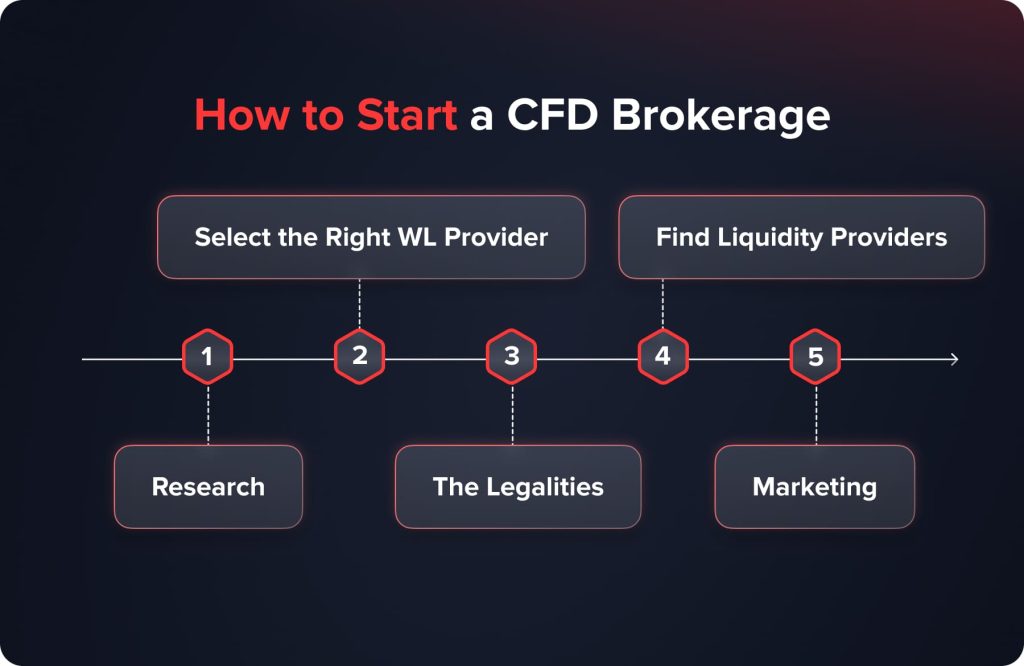
Nghiên cứu
Tiến hành nghiên cứu thị trường kỹ lưỡng để xác định những thiếu sót trong dịch vụ mà đối thủ cạnh tranh tiềm năng của bạn đang cung cấp, cũng như làm nổi bật những điểm mạnh của họ. Nghiên cứu này cũng nên tìm hiểu và khám phá nhu cầu, mong muốn và sở thích của đối tượng mục tiêu. Sử dụng các công cụ như Phân tích SWOT Và Năm lực lượng của Porter để hiểu sâu hơn về vị thế cạnh tranh của bạn. Nghiên cứu kỹ lưỡng sẽ giúp bạn xây dựng một bản thiết kế chi tiết để bạn có thể hình dung hoạt động môi giới của mình trong thế giới giao dịch vĩ mô rộng lớn hơn.
Chọn Nhà cung cấp WL phù hợp với bạn
Một quyết định quan trọng là bạn sẽ hợp tác với ai khi bắt đầu hoạt động môi giới. Vì thành công của công ty môi giới phụ thuộc trực tiếp vào nhà cung cấp WL, hãy đảm bảo bạn chọn một nhà cung cấp có thành tích và uy tín xuất sắc. Hãy xem xét độ tin cậy, sự đổi mới và mong muốn tiếp tục cải thiện của họ. Nghiên cứu bộ phận hỗ trợ khách hàng của họ: họ có sẵn sàng 24/7 không? Họ có mạnh mẽ không? Họ có hiểu biết về công việc của mình không? Có nhiều cách để liên hệ với họ không? Ngoài ra, hãy cân nhắc khả năng mở rộng quy mô của họ cùng bạn: nếu bạn đạt được mục tiêu và muốn mở rộng, liệu họ có thể theo kịp sự tăng trưởng của bạn không? Bạn sẽ muốn đảm bảo rằng thời gian hoạt động của công ty môi giới WL của bạn càng gần 10% càng tốt.
Các vấn đề pháp lý
Các công ty môi giới CFD phải tuân thủ mọi quy định do cơ quan quản lý quốc gia ban hành. Do đó, một đội ngũ pháp lý giỏi là vô cùng quan trọng đối với sự thành công của một công ty môi giới. Với một đội ngũ pháp lý vững chắc, bạn sẽ có thể xoay xở vượt qua những "bãi mìn" pháp lý. Bởi vì các cơ quan quản lý có thể áp dụng những khoản tiền phạt khổng lồ đối với những bên vi phạm, một đội ngũ pháp lý giỏi sẽ vô cùng giá trị.
Tìm nhà cung cấp thanh khoản
Thanh khoản là huyết mạch của bất kỳ công ty môi giới nào. Không có thanh khoản, một công ty môi giới sẽ cạn kiệt và sụp đổ, đặc biệt là trong lĩnh vực tài chính. Thanh khoản rất quan trọng đối với việc vào và thoát lệnh, và nếu một công ty môi giới không thể hỗ trợ giao dịch, họ sẽ nhanh chóng mất đi lượng khách hàng tiềm năng. Vì vậy, hãy tìm kiếm và hợp tác với các nhà cung cấp thanh khoản đáng tin cậy. Ngoài ra, đừng bao giờ giới hạn bản thân chỉ với một LP. Hãy đa dạng hóa càng nhiều càng tốt để đảm bảo sự hỗ trợ tối đa cho các nhà giao dịch của bạn.
Tiếp thị
Một công ty môi giới tuân thủ quy định, có dịch vụ hỗ trợ khách hàng tuyệt vời và sở hữu nhiều nhà cung cấp thanh khoản đáng tin cậy thì có ích gì nếu không ai biết đến? Hãy xây dựng một chiến lược tiếp thị toàn diện, làm nổi bật tất cả những lợi thế tốt nhất mà công ty môi giới của bạn có thể mang lại. Đảm bảo rằng kế hoạch tiếp thị bao gồm tiếp thị nội dung, quảng cáo trả phí, tài liệu giáo dục miễn phí, mạng xã hội và những người có sức ảnh hưởng, xây dựng cộng đồng, v.v. Kế hoạch tiếp thị càng toàn diện, bạn càng có thể xây dựng được cơ sở khách hàng lớn hơn.
Kết luận
Lợi ích kinh doanh của thị trường tài chính, kết hợp với lợi nhuận cao của giao dịch CFD, khiến việc thành lập một công ty môi giới CFD Nhãn Trắng trở thành một đề xuất đầy hứa hẹn. Tuy nhiên, bên cạnh những lợi ích tiềm năng, trách nhiệm cung cấp một môi trường giao dịch minh bạch, công bằng và hiệu quả cũng đi kèm. Với sự chuẩn bị kỹ lưỡng, tuân thủ quy định và cam kết mạnh mẽ về chất lượng, các nhà môi giới đầy tham vọng không chỉ có thể khởi nghiệp thành công mà còn có thể... Môi giới CFD nhãn trắng công ty mà còn tạo ra tác động rộng rãi đến thế giới giao dịch tài chính đang phát triển.
Đã cập nhật:
19 tháng 12, 2024

